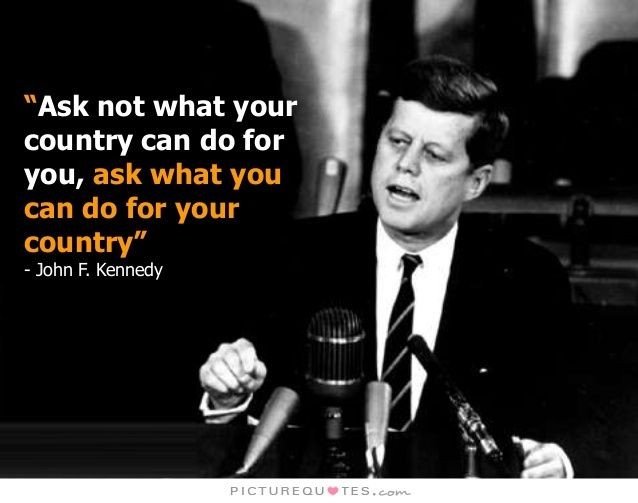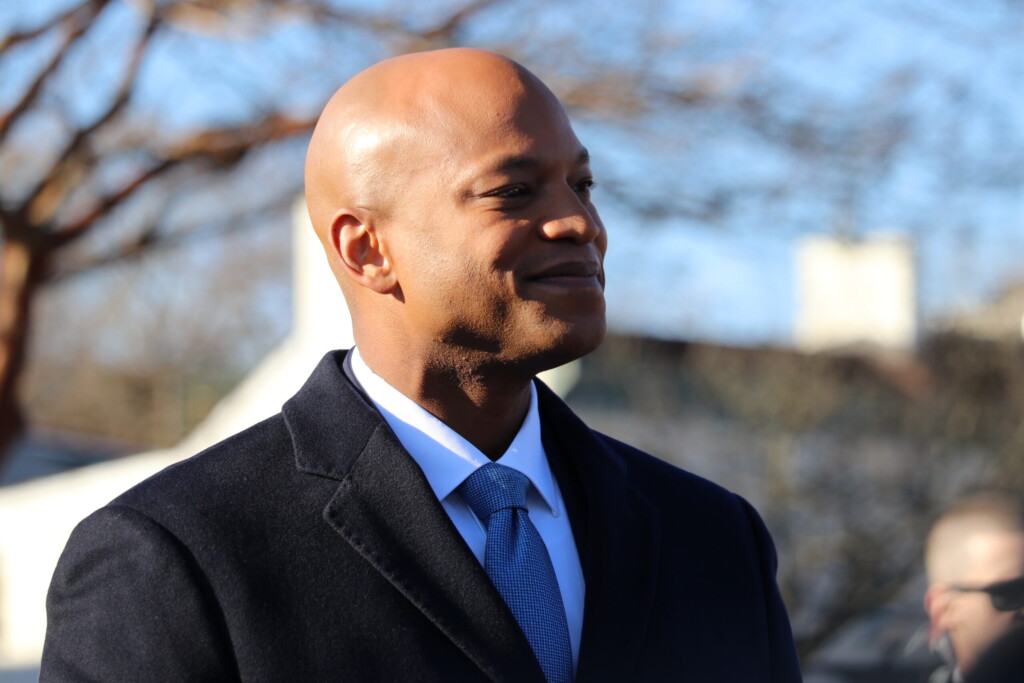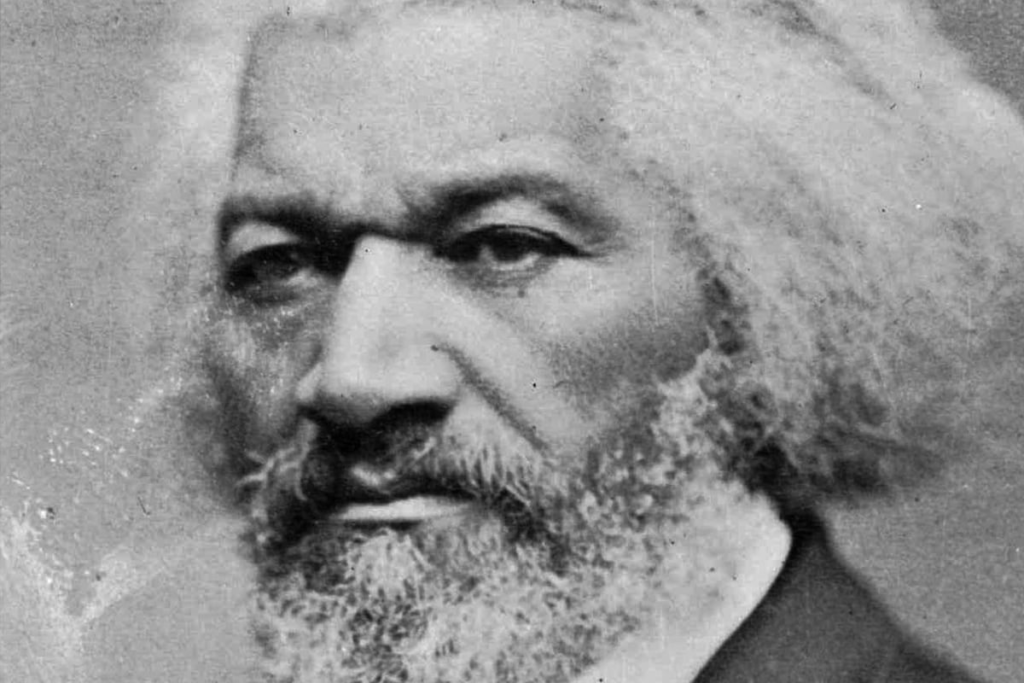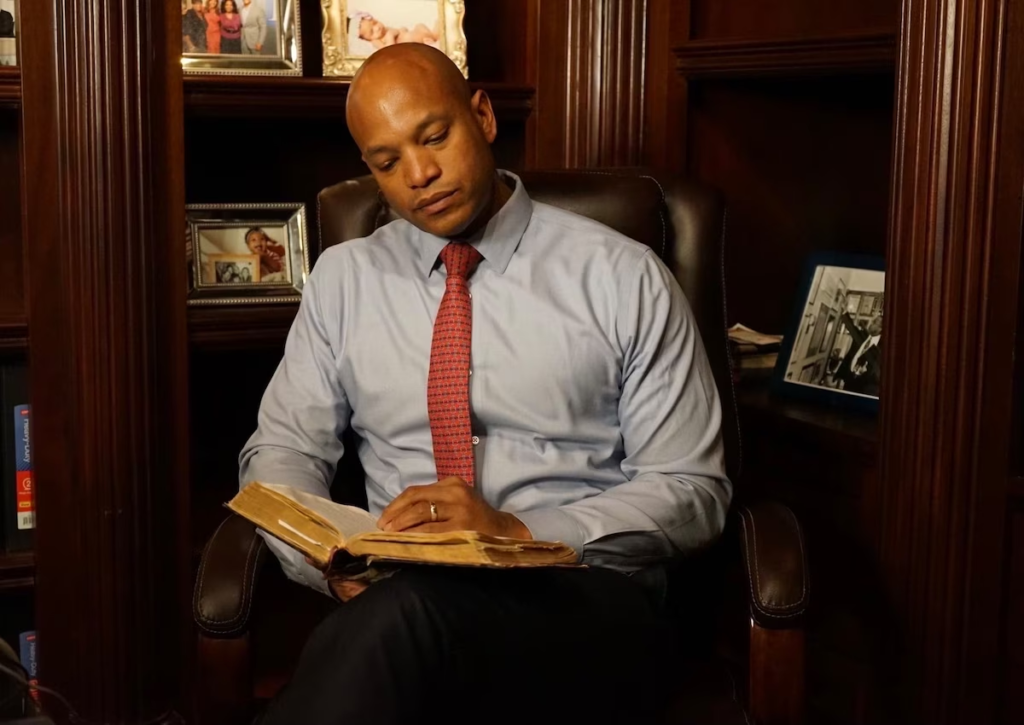
By Nicole Asbury Washington Post Feb 6th 2023
Around the same time a vandal wrote “Jews Not Welcome” on Walt Whitman High School’s entrance sign in December, two students from the Bethesda high school’s debate team allegedly joked about using challah to lure Jewish people to the secluded Andaman Islands and burning them at the stake, according to a January email from students to the team’s parental governing board that was obtained by The Washington Post.F
Whitman’s administration investigated the incident, but Robert Dodd, the school’s principal, declined to share what the investigation found or what actions were taken, citing federal student privacy laws.
“We take every one of these incidents deeply seriously,” Dodd said in an interview. Members of the debate team and the parent board did not respond or declined to comment on the allegations described in the email.
The incident is among a raft of antisemitic events in Montgomery County’s school system in the last month. Officials from at least five schools have reported finding swastikas drawn on classroom desks. And outside of school, a Jewish man was recently assaulted at a Giant grocery store in Gaithersburg by a group of five young men, who allegedly shouted, “Yeah, do it for Kanye” — referencing rapper Ye, formerly known as Kanye West, who has repeatedly made antisemitic remarks.
School leaders warn of risingantisemitism among youth and say the incidents are affecting students’ classroom performance.
Montgomery students lament antisemitism surging in their schools
Data from the Montgomery County Police Department shows that incidents involving a bias against a religion, race or other identity are increasing. Last year, 156 incidents with a bias indicator were reported in the county, a 9 percent spike from the previous year. Race and religion were the most prevalent motivators, and most of the religious-based incidents targeted Judaism.
“It’s scary,” said Eliana Joftus, a 17-year-old Jewish student at Whitman and president of the school’s Jewish Student Union. “I think that it’s important for everyone to understand the severity of this, because it’s not just a problem that happens with one graffiti and then it goes away.”
Whitman High School became a focal point in December after its entrance sign was defaced the same week a group of Jewish students — which included Joftus — hosted a schoolwide lesson about antisemitism. Since the vandalism, Joftus said her peers have been more aware of the problem. Whitman hosted another schoolwide lesson on Jan. 18, instructingstudents on how toreport antisemitism and actively intervene when they see discrimination.
“There were definitely people who weren’t engaged at first but slowly became more interested,” said Joftus, who volunteered to help facilitate the lesson in one classroom.
No Whitman staff were present during the debate team incident, which occurred off campus,Dodd said. According to the email documenting the episode, the two students’ making the antisemitic commentsnamed specific Jewish people — including other members of the debate team — they’d burn. They included that they’d burn Jews at the stake “while playing Kanye and ‘mosque music’ at full volume,” according to the email.
Dodd, Whitman’s principal, said that in the school’s subsequent investigation, they did not find evidence that students were named as targets as alleged in the email.
“It may be an allegation, but we don’t have evidence of it,” he said. “We investigated an allegation that antisemitic statements were made about Jewish people, and that’s what we responded to in general.”
Dodd said that the two incidents that occurred at Whitman are a reflection of what’s unfolding in society at large. As principal, he has worked with the district’s restorative justice unit — which emphasizes conflict resolution and restoring positive relationships as an alternative to traditional disciplinary methods. He’s also brought in community partners — like the Jewish Community Relations Council and Anti-Defamation League — for sessions with students. He said discriminatory incidents make students feel anxious and unsafe in the classroom.
“Our responsibility as school leaders, as school staff, is to try to proactively build a strong, healthy school culture and climate,” said Dodd, who has been the principal at Whitman for five years.
School officials in Maryland strengthen requirements for Holocaust education
Since January, officials have found swastikas on desks at Tilden Middle School in Bethesda, Magruder High School in Rockville, Silver Creek Middle School in Kensington, Gaithersburg High School and Bethesda-Chevy Chase High School. Also last month at Fallsmead Elementary School in Rockville, a fifth-grader asked a classmate if they were Jewish, and when the classmate responded yes, the fifth-grader “put his hand in the form of a weapon and made a verbal threat,” according to an email from a school administrator.
A survey published by the Anti-Defamation League in January found that 20 percent of Americans believe in six or more antisemitic tropes, which was nearly double the amount in 2019. Meredith R. Weisel, the regional director for the Anti-Defamation League’s D.C. region, said those views are spreading among youth across the United States.
Ignorance about the Jewish community has helped drive antisemitism in schools, she said. Social media has also exposed children to hate, such as comments made by Ye that praised Adolf Hitler and Nazis.
The Montgomery County school system has partnered with the Jewish Community Relations Council of Greater Washington as a part of its effort to address the issue. Guila Franklin Siegel, JCRC’s associate director, said the organization has reviewedthe school district’s curriculum and protocols for addressing bias incidents. Last week, officials from both organizations held a webinar with a Holocaust survivor that had more than 500 attendees.
Schools superintendent Monifa B. McKnight and the school board condemned antisemitic acts and pledged to do more. In addition to the JCRC partnership, district schools have hosted community-wide conversations about antisemitic acts.
“As we fight these repeated acts of hate, we must challenge one another to learn and understand what antisemitism, hatred, and racism are and the harm they cause,” school leaders said in their joint statement in January.
County government leaders have also rolled out their own measures. On Monday, County Executive Marc Elrich (D) and the county council announced awarding roughly $800,000 in grants to 91 faith-based and nonprofit organizations that have experienced or are at a high-risk for hate crimes. The grants fund security personnel, training, new security cameras and other security measures for those organizations.
Council President Evan Glass (D-At Large) has also pitched forming an anti-hate task force made up of people from different racial and religious groups. The task force is focused on creating a more a inclusive community, possibly through new laws orfunding new programs, he said.
A gay politician pushed for pride events in a Maryland suburb — and was targeted by hate
“People are frightened and we have to act,” said Glass, who is Jewish and the first openly gay member elected on the county council. “We have to condemn hateful words and acts every time we see them.”
Adam Zimmerman, who teaches seventh-graders about the Holocaust at Temple Beth Ami in Rockville, said children are attuned to what’s happening. His classroom lessons have often pivoted to conversations about the latest high-profile antisemitic event, like the graffiti at Whitman. The students have regularly talked about antisemitic rhetoric and tropes they’ve heard at school, like baseless claims that Jewish people control the media and the government.
“They’re seeing this every day; they’re looking at it on social media,” Zimmerman, 40, said. “For them, there’s no escaping this.”
Katie Shepherd contributed to this report.
https://www.washingtonpost.com/education/2023/02/05/montgomery-county-schools-antisemitism/










